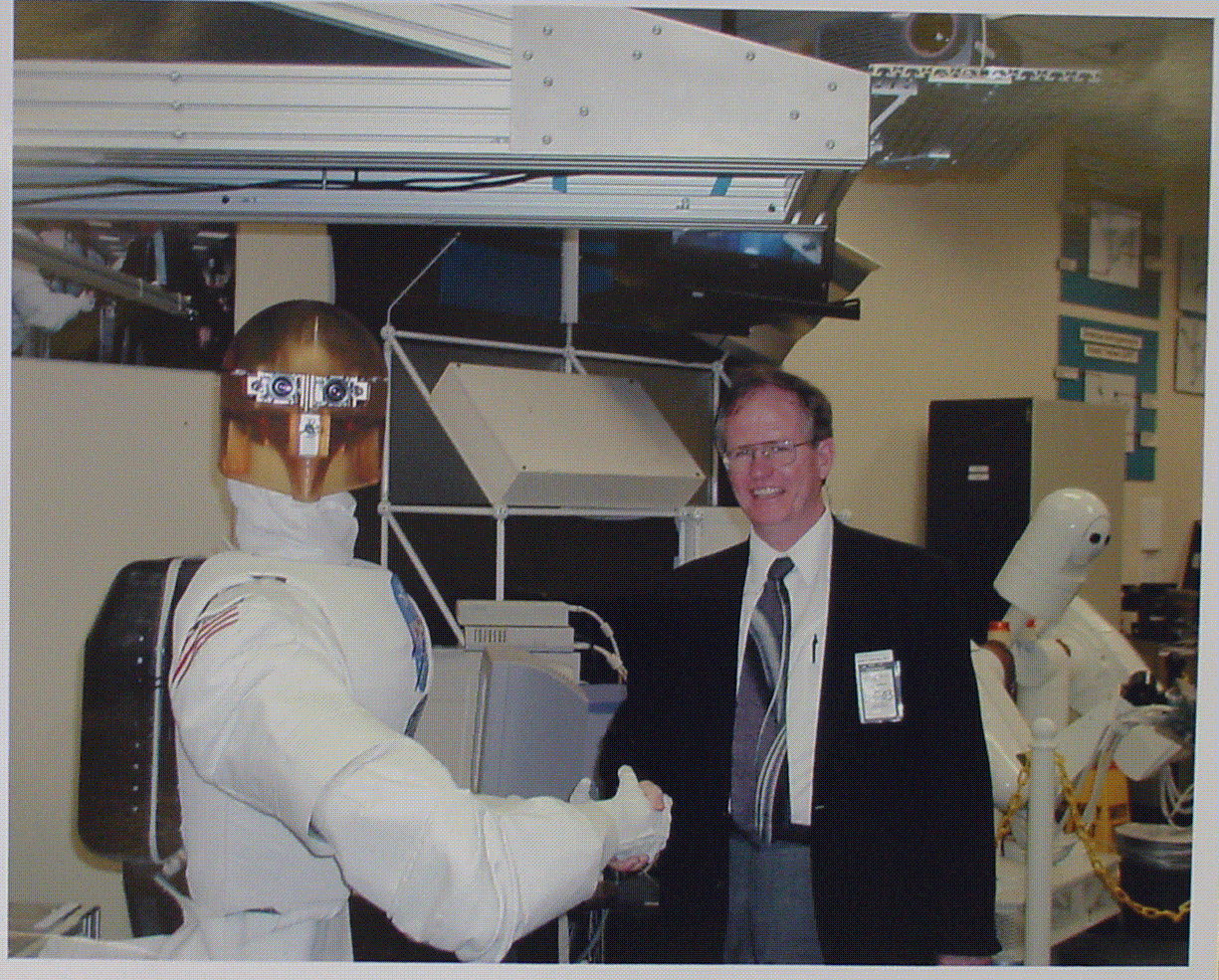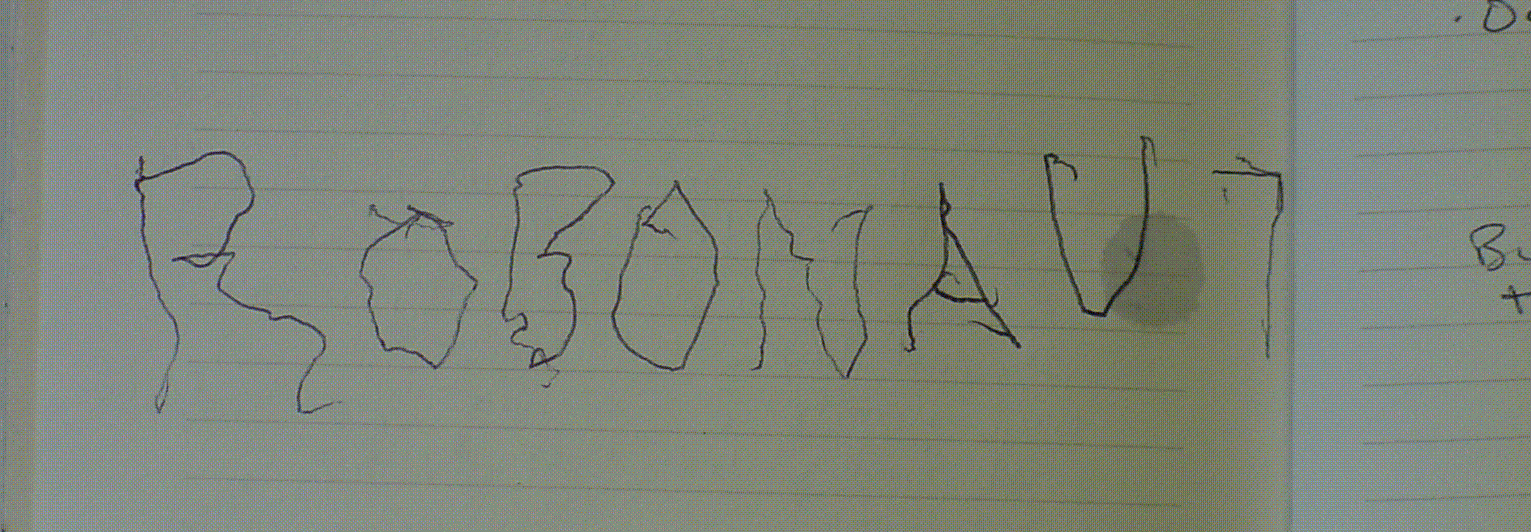
|

|
 AquaRobonautSM Knowledge BackboneSM
AquaRobonautSM Knowledge BackboneSMIn 1992 HyperMedia Corporation, controlled by H. Roice Nelson, Jr., entered into a SpaceAct Agreement with NASA. HyperMedia Corporation planned to provide a UNIX, X-Windows, Motif, Client-Server, hypertext engine to NASA, which would be used as an information handling system for the Space Station activities, and then would market this technology more generally. NASA had another contractor developing a similar tool, and they had better political connections. HyperMedia did not have the financial resources to pursue this opportunity, and this SpaceAct Agreement lapsed.

In 2000 Roice was doing some work with Dr. Bowen Loftin, then at the University of Houston's Virtual Environment Technology Laboratory (VETL), though his consulting company Walden 3-D, Inc. (W3D). The VETL also did visualization research for NASA. W3D commercialized the visualiztion work being done at the VETL through Walden Visualization Systems, which merged with Energy Innovations and became Continuum Resources Corporation. This work resulted in Roice visiting NASA, and reconnecting with Robert T. (Bob) Savely, Chief Scientist Automation, Robotics, & Simulation Division, Engineering Directorate, at NASA's Johson Space Center. Bob set up a demonstration of Robonaut for Roice, shown in the photo to the left (click on the image for a larger view).
Robonaut is a Waldo, as described by Robert Heinlein in his science fiction book with this name. Robonaut provides telepresence of a human being from the waist up. The television camera eyes are create stereo monitors on a human controller. The ability to turn and look, and then to have hands which are controlled remotely, creates a unique ability to replace a human being in harsh environments, like working on oil and gas facilities subsea. Robonaut was built to human scale, so that that he could use standard astronaut suits and tools. W3D believes there are several opportunities to adjust the scale and use of Robonaut in order to quickly and easily solve significant commercial requirements.

During the demonstration, Roice asked Robonaut to sign his notebook. Robonaut's signuature is shown to the right (click on the image for a larger view). This level of fine-motor skill dexterity convinced Roice this technology has potential applications outside of the research lab. One of the first places that came to mind is assisting in subsea oil and gas facility work, particularly in deep water, where it is not feasible for divers to do the work.
Discussions were opened with the Techology Transfer Division at NASA. It took several years to get this department to advertise the opportunity, and to let Roice know the opportunity is available. The initial license application was through HyperMedia Corporation, now a company shell which Roice has kept viable because of tax loss carry forward issues. During the license negotations it became obvious that the manufacturing of Robonaut would result in insights which would be beneficial to NASA. So other potential technology transfer mechanisms were evaulatuate.
The next approach was to develop a CRADA (Cooperative Research and Development Agreement). However, the requirements for this approach quickly outpaced the capabilities of both parties. It was determined the best way forward was to enter into another Space Act Agreement. NASA has prepared a draft of this agreement. However, before entering into the Agreement, W3D wants to find a financial partner, so that the same financing issues which happened with HyperMedia in the early 1990's are not repeated with the commercialization of Robonaut technologies.
 AquaRobonautSM Infinite GridSM
AquaRobonautSM Infinite GridSMThis page is at: http://www.walden3d.com/Robonaut/history.html
Walden 3-D, Inc., P.O. Box 382, Barker, TX 77413-0382
- 281.579.0172 - facsimile: 281.579.2141 - cell: 713.542.2207 -
- e-mail: info@walden3d.com (send two copies of your first message to get past spam the filter) -